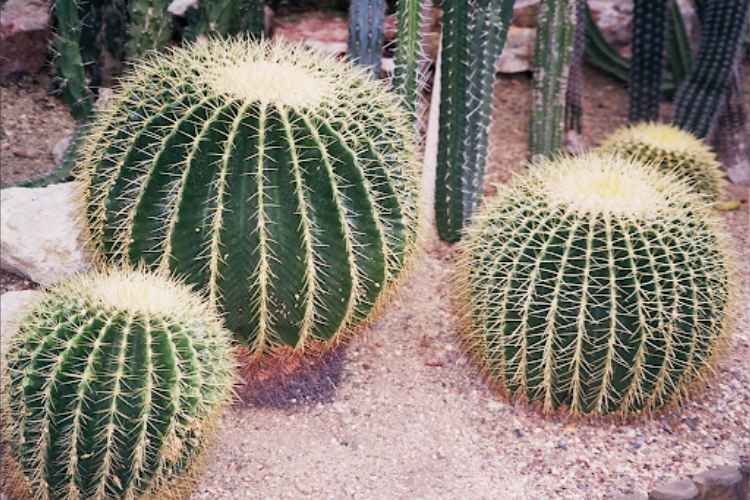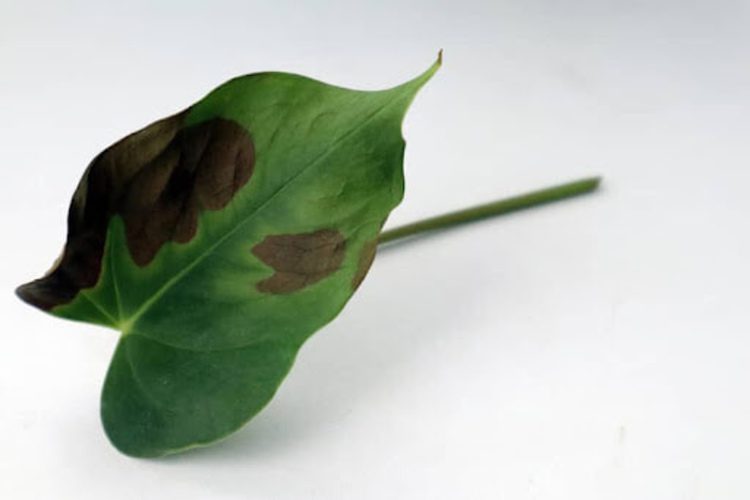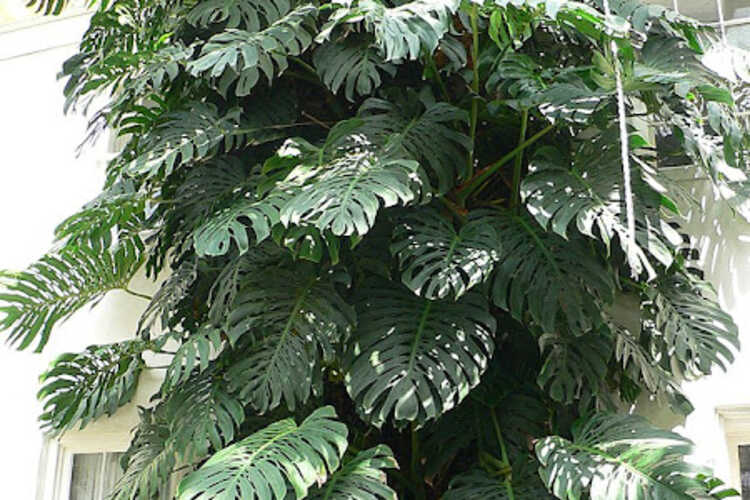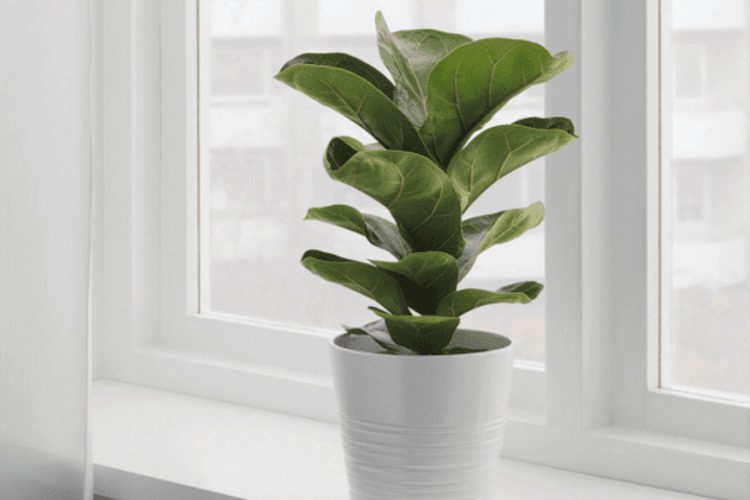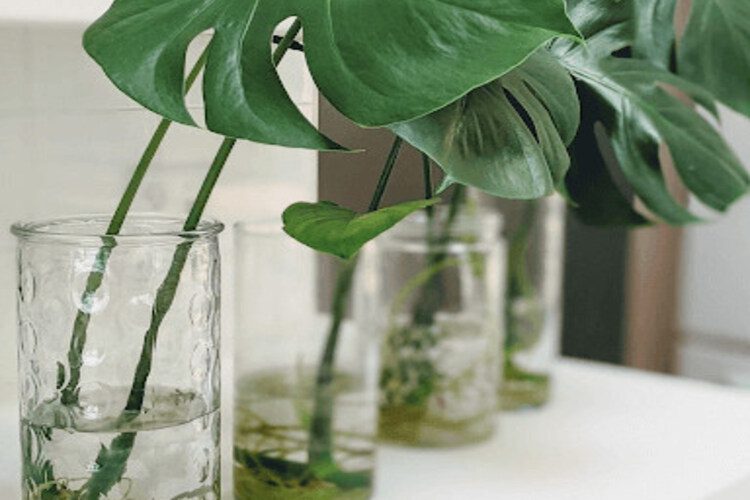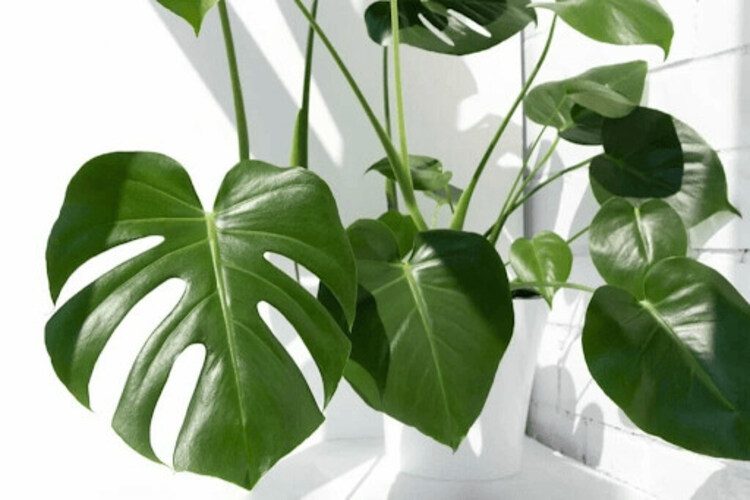How to Fertilize Bamboo in Water: Tips For Healthy Bamboo
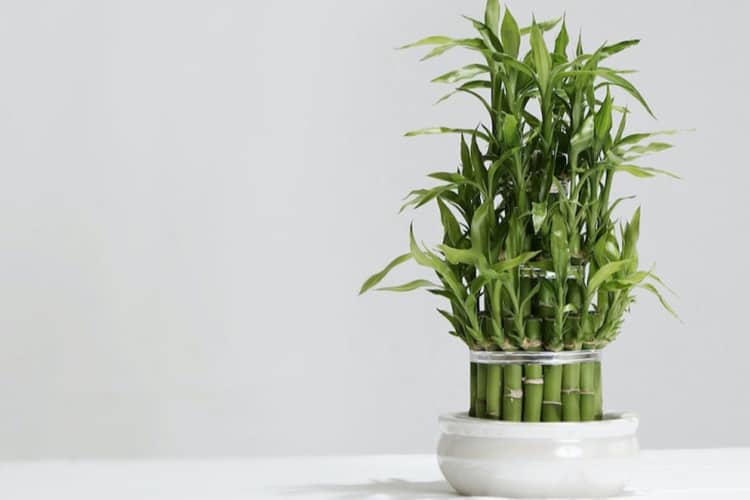
How to fertilize bamboo in water: This is a common question that we are frequently asked. Although it is a fast-growing plant, you can still support it with proper fertilization.
Fertilizing lucky bamboo with water-soluble houseplant fertilizer that has been diluted (to a tenth of its original strength) is necessary. Let’s dive right into the details with Swipe Garden!
How To Fertilize Bamboo In Water?
If you want to fertilize your bamboo in water, use the right ratio of diluted fertilizer every 2–4 weeks. It is important to note that salt and minerals can accumulate in filtered, bottled, and tap water over time, which can harm the plant. So, pick distilled water or rainfall to help reduce this problem. Under ideal conditions, lucky bamboo leaves can grow approximately 1 inch every month.
Lucky bamboo is not a true bamboo plant, but it can be grown in water. If you use soil-based lucky bamboo, please place it in a container with only about 1 inch of water and keep it refreshed as the water is evaporated or absorbed.
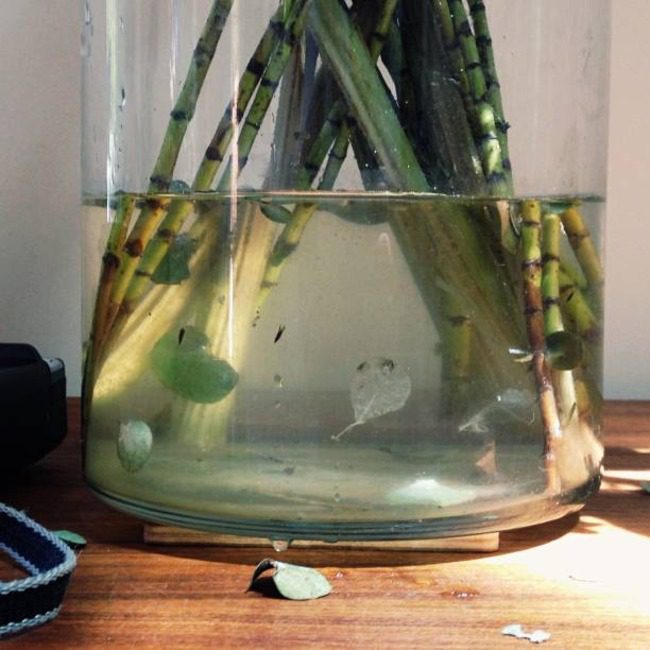
What Are The Signs That My Lucky Bamboo Needs Feeding?
There are signs that indicate when fertilizing your lucky bamboo is necessary. With the appropriate fertilizer, you can solve each one. If the liquid environment is not clean, your lucky bamboo plants may suffer from unsuitable minerals and become susceptible to illness.
Dirty Water
Your lucky bamboo plants may suffer from unsuitable minerals and succumb to illness if the liquid environment is not clean. If it has grown dirty or cloudy, you can change the water. More importantly, dirty water should be changed regularly to keep the lucky bamboo healthy.
Distilled Water Lacks Nutrients
Distilled water lacks nutrients and may require regular fertilization. It is dependent on the nutrient recommendations as well as the fertilizer ratio. Always follow the manufacturer’s instructions.
Leaves Develop Slowly
To encourage leaf development, fertilizers should be added to the water during the spring growing season.
Leaves Turn Yellow
Yellow leaves indicate a lack of nutrients and may require fertilization. You will need to feed it in this situation. The majority of lucky bamboo groupings include many stems. If a stem starts to turn yellow, it is preferable to toss it out and replace it with another one.
Why Is My Lucky Bamboo Growing So Slowly?
If certain conditions are not met, this lucky bamboo and its leaves may develop more slowly or stop growing entirely.
- Dry conditions: Lucky bamboo can withstand dry conditions, but it may grow more slowly or cease growing if there isn’t enough water. The leaves may curl up at the margins if the weather remains dry.
- Low nutrients: If it doesn’t have enough nutrition, it will slow down or cease growing.
- Seasons change: USDA plant tolerance zones 8 to 11 are suitable for common lucky bamboo. Therefore, temperatures of 10 to 15 degrees Fahrenheit are not a concern for it.
Cold winter weather and cooler temperatures can lead to growth retardation. When the weather warms up and the days lengthen in the spring, it should rebound quickly and resume robust growth.
- Insufficient space: Lucky bamboo may stop developing if the growth space becomes too crowded, and the leaves may turn yellow. The leaves may turn yellow as a result of this situation. At least three feet of growing space are ideal for each plant.
- Over-fertilizing: Over-fertilizing can cause lucky bamboo to turn yellow, but changing the water may help it recover.
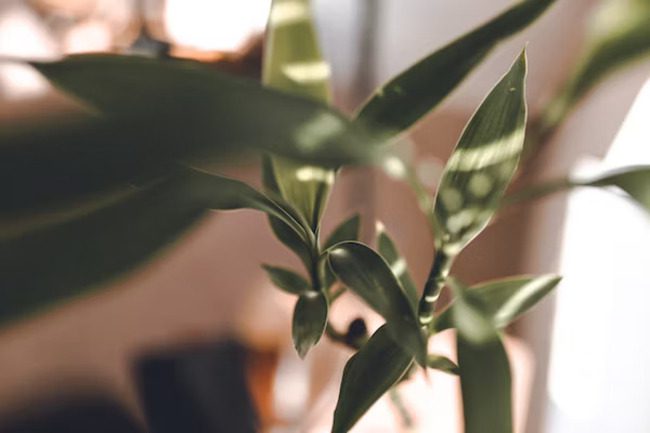
How Do You Make It Grow Faster In Water?
You can use the following methods to make your lucky bamboo grow faster:
Fertilizing
Organic fertilizer or compost tea can be used to make lucky bamboo grow healthier and potentially faster. When the lucky bamboo is developing, the optimum time to fertilize it is in the spring and early summer. Nitrogen, silica, and potassium are all ideal for this plant. Do not use too much fertilizer on your bamboo or other plants. You can replace the water with distilled water.
Exposure To Sunlight
Sunlight is essential for growth and photosynthesis. The more “nourishment” your lucky bamboo receives from sunshine, the faster it grows. Several species favor filtered light, but almost all lucky bamboo are sun-loving species that thrive on excess sunlight. Most of them require at least four hours of filtered sunlight every day.
Pruning
Removing dead stalks from the lucky bamboo is a good idea to help it develop more quickly. Most of them require a minimum of four hours of filtered sunlight every day. Moreover, some of the plant’s additional light will be removed from that culm and focused on developing its root network.
How Do You Stimulate Lucky Bamboo Growth?
You shouldn’t feed your lucky bamboo if it grows well, looks and feels healthy, and is satisfied with its height. It will be alright if you replace the water regularly, or once every two weeks.
If you still want to fertilize, use a moderate 2-2-2 fertilizer or a special one made specifically for this plant. Remember to read the directions on the bottle to determine the exact amounts of nutrients to put in and the frequency. Regardless of the fertilizer you choose, it is recommended to use it every two months or after each environmental change. As we already stated, it is dependent on the compost you purchase.
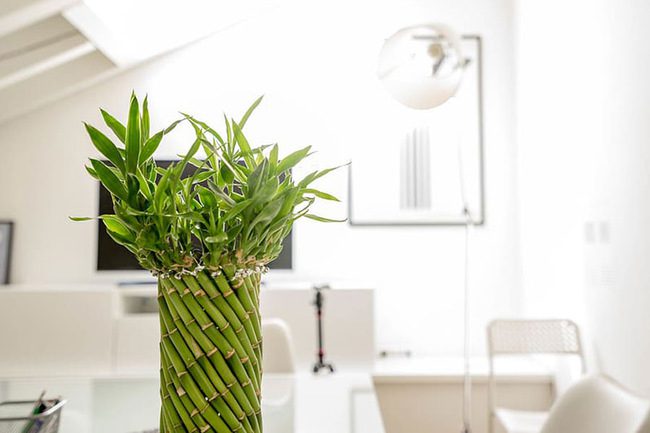
Conclusion
We hope you find this article helpful for your fertilization needs. If you have any questions about fertilizing bamboo in water, please visit us at Swipe Garden. Thank you for reading!
You can rely on the instructions in this video to better understand how to feed this lucky bamboo properly.




